Physiotherapy for adductor tendinopathy
Adductor tendinopathy is a condition that causes pain and inflammation in the tendons that attach the adductor muscles to the pelvis and thigh bone. Physiotherapy can be an effective treatment option for people with adductor tendinopathy, and can help to alleviate pain, improve strength and flexibility, and promote healing. Here are some ways in which physiotherapy can help:
Rest and protection: Initially, rest and protection of the affected area may be necessary to allow the injury to heal properly.
Manual therapy: Physiotherapists can use soft tissue techniques, such as massage and myofascial release, to help relieve muscle tension and improve circulation to the affected area.
Exercise therapy: Physiotherapists can design specific exercises to improve adductor muscle strength, flexibility, and endurance. These exercises can help to reduce pain and promote healing.
Education: Physiotherapists can provide education on proper warm-up techniques, stretching exercises, and modifications to your activities to help prevent recurrence of adductor tendinopathy.
Modalities: Modalities such as heat or ice therapy, ultrasound therapy, or electrical stimulation can help to reduce pain and inflammation in the affected area.
Taping: The use of kinesiology tape can help to support the affected area and reduce pain.
Biomechanical assessment: A physiotherapist can assess your movement patterns and make recommendations for modifications to help reduce stress on the affected area.
It is important to note that the treatment plan will vary depending on the severity of the adductor tendinopathy. Therefore, it is recommended to consult with a physiotherapist who can conduct a thorough assessment and design an individualized treatment plan to address your specific needs. Additionally, physiotherapy should be part of a comprehensive management approach to adductor tendinopathy that may include medication, rest, and modifications to your activities.
